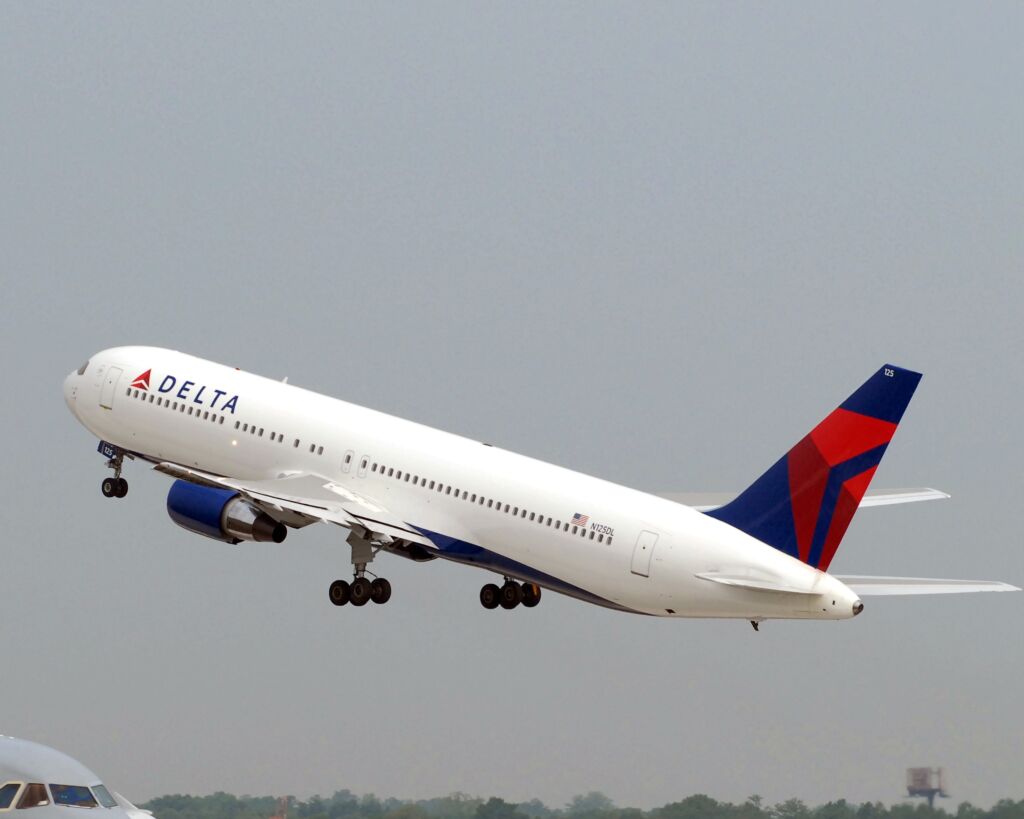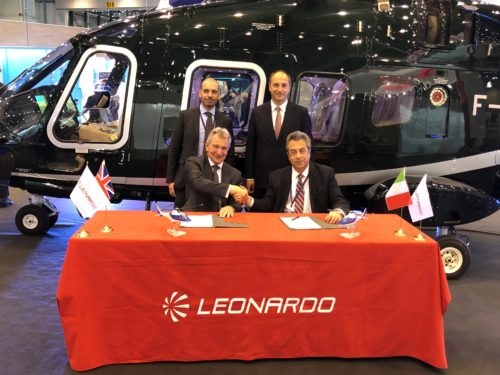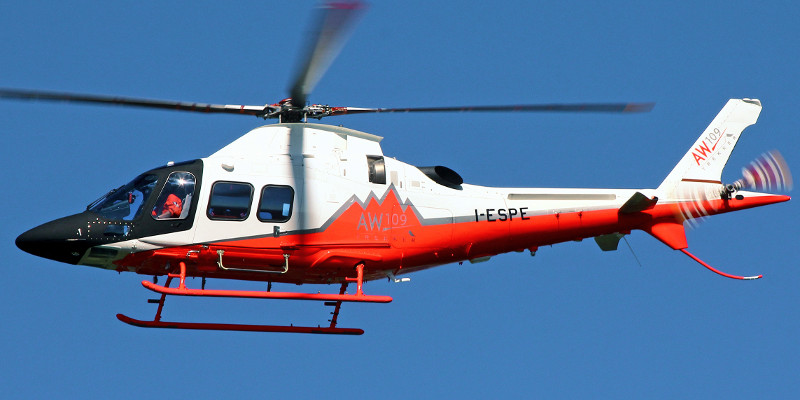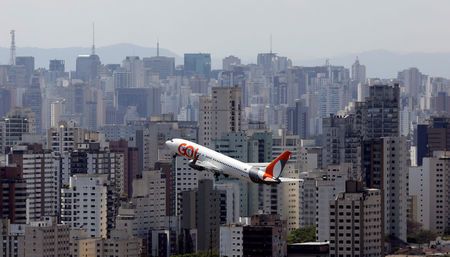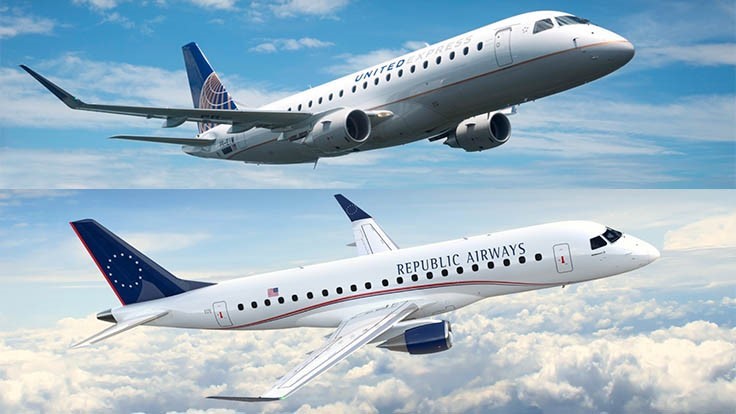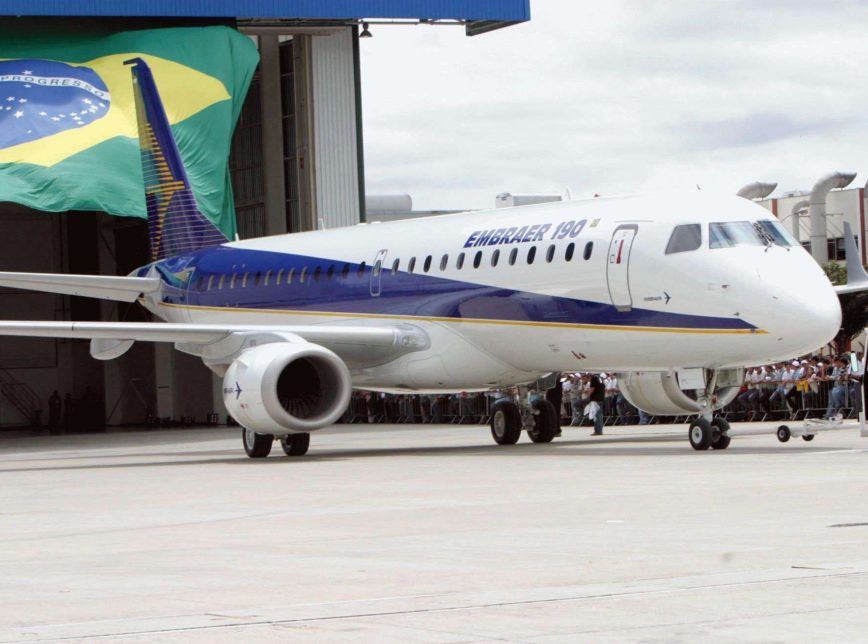Delta will resume flights between John F. Kennedy International Airport in New York and Guarulhos International Airport in São Paulo beginning Feb. 12, 2021. The route will operate four times per week with Boeing 767-400 aircraft featuring the latest Delta One, Delta Premium Select, Delta Comfort+ and Main Cabin service. Flights will depart from Terminal 4 at JFK and Terminal 3 in São Paulo, where Delta and its partners offer easy and convenient access to Delta Sky Clubs or partner lounges. The route also complements Delta’s daily service between its Atlanta hub and São Paulo, providing significant connection opportunities through two of Delta’s major hubs.
Delta has added more than 100 layers of protection through its Delta CareStandard, and has extended middle seat blocking through April 30, 2021 – the only U.S. airline to do so. To make the travel planning experience easier, Delta has created an interactive travel map to help customers understand where Delta flies and the latest travel requirements or restrictions at their destination, including more information on the U.S. Centers for Disease Control requirement that customers entering or transiting the U.S. present a negative COVID-19 test result.
Even as Delta has doubled down on its investment in safety and cleanliness, it also continues to invest in offering a superior customer experience and award-winning hospitality, including refreshing more than 300 new in-flight entertainment options and recently announced plans to bring high-speed Wi-Fi on board this year.
Transport of essential goods and services
During the COVID-19 pandemic, Delta Cargo kept the supply chain flowing with cargo-only flights. With the return of service more widely to the Brazilian market, the company’s flights will also offer larger cargo capacity – allowing Delta Cargo’s customers to transport essential goods, perishable products and supplies between Brazil and the U.S.
The cargo division also supports the delivery of vaccines in the U.S. and, since December, has been distributing shipments of COVID-19 vaccines as part of the global effort to combat the pandemic.
Detailed information on how to book a vaccine shipment is obtained from Delta Cargo’s Pharma Desk, which can be contacted by e-mail at DeltaCargoPharma@delta.com or by phone at +1 (800) 352-2746 (valid for calls originating in the U.S.). In addition, the Cargo Charters team can help with this Charter request form or by email at DeltaCargoCharters@delta.com. Additional information about Delta Cargo is available at deltacargo.com.
Delta’s flight schedule remains subject to change due to the evolving nature of COVID-19, customer demand and government travel regulations. For more information on Delta’s response to the COVID-19 pandemic, visit delta.com.
Delta schedule for New York (JFK) – São Paulo (GRU) flights*
| Flight # | Departure | Arrival | Days of the week |
| DL 471 | JFK: 9:35 p.m. | GRU: 9:40 a.m.+1 | Mon, Wed, Fri and Sun |
| DL 472 | GRU: 9:15 p.m. | JFK: 5:20 a.m.+1 | Mon, Tue, Thu, Sat |
*The first flight from GRU departs on Feb. 13.
